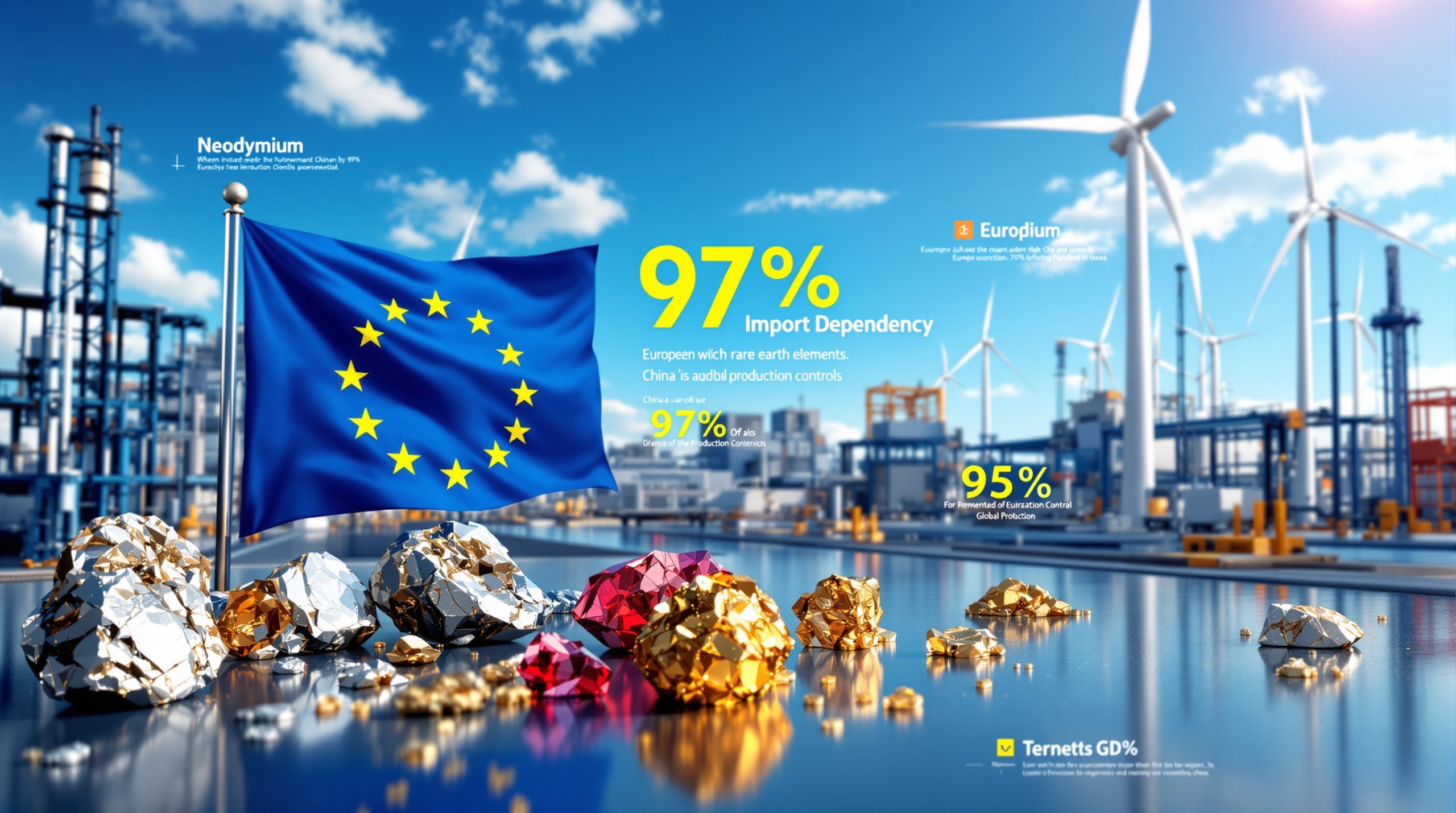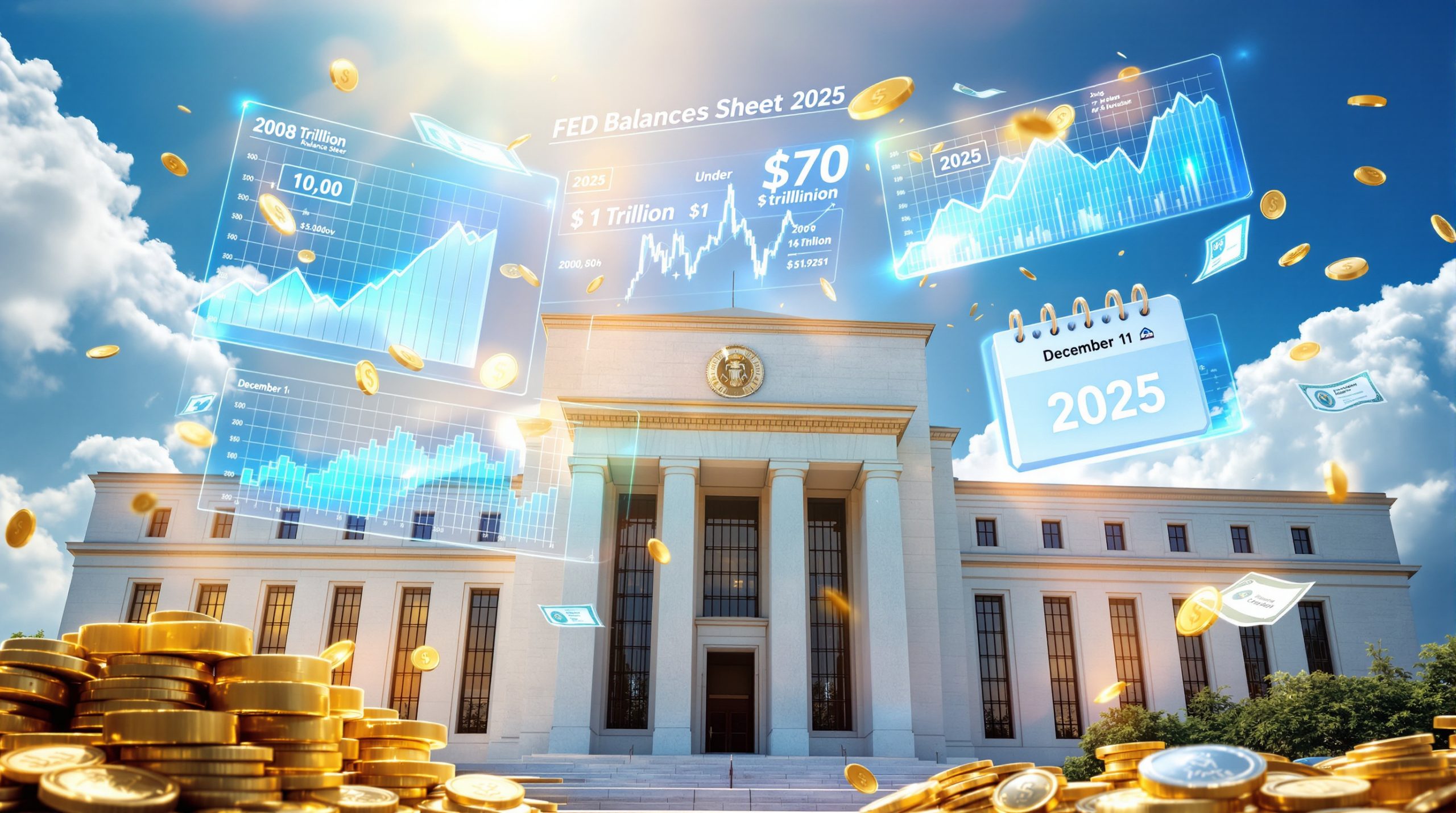What Is the Section 232 Investigation on Copper Imports?
The Section 232 investigation into U.S. copper imports represents a significant shift in American trade policy with potentially far-reaching consequences for global metals markets. Initiated by the Trump administration in February 2025, this investigation examines whether copper imports pose a threat to national security—a determination that could result in substantial tariffs being imposed on foreign copper entering the United States.
Understanding the Tariff Investigation Timeline
The copper investigation follows the standard Section 232 framework, which typically allows for a 270-day investigation period before recommendations are presented to the President. However, White House officials have indicated a desire for an expedited process, referring to an accelerated timeline operating on "Trump time" rather than standard bureaucratic schedules.
Market analysts widely anticipate the implementation of a 25% tariff rate on copper imports, mirroring the tariff structure previously established for steel and aluminum imports. This expectation has already triggered significant market reactions despite the final decision remaining pending as of May 2025.
"Market participants are operating under the assumption that copper tariffs are a matter of 'when' rather than 'if,' with most preparations focused on a 25% rate scenario," noted commodity analysts at Morgan Stanley in their recent metals outlook report.
Legal Framework and Historical Context
Section 232 of the Trade Expansion Act of 1962, the legal mechanism behind this investigation, authorizes the U.S. Department of Commerce to determine if certain imports threaten national security. The statute's broad definition of "national security" has historically allowed administrations considerable flexibility in making these determinations.
The copper investigation follows the precedent established in 2018, when the first Trump administration imposed 25% tariffs on steel imports and 10% tariffs on aluminum under the same Section 232 authority. Those earlier tariffs significantly reshaped global metals trade flows and pricing dynamics, effects that are now being anticipated in the copper market.
What distinguishes the current copper investigation is its focus on a metal critical to emerging technologies, particularly renewable energy infrastructure and electric vehicles—sectors deemed strategically important in the evolving geopolitical landscape. Recent copper price insights suggest that tariffs could dramatically alter market fundamentals.
How Has the Tariff Threat Changed Copper Trading Patterns?
The mere announcement of the investigation has catalyzed dramatic shifts in global copper trading patterns, demonstrating how policy signals can rapidly reshape physical commodity movements and pricing relationships.
CME-LME Arbitrage Collapse
One of the most striking market responses has been the evolution of the price relationship between copper contracts on the Chicago Mercantile Exchange (CME) and the London Metal Exchange (LME). Initially, following the investigation announcement, CME copper futures surged to a premium of approximately $1,600 per metric ton over LME prices—representing a remarkable 17% premium.
This price gap reflected market expectations that tariffs would significantly increase the cost of delivering non-U.S. copper into American markets. However, in just three weeks, this premium collapsed dramatically to around $600 per ton (6% of the LME price), despite continued market expectations that tariffs will eventually be implemented.
The premium collapse stems directly from a wave of physical copper imports flooding into the United States, as traders rush to position metal ahead of potential tariff market impact. This physical movement has created unusual market conditions where CME time-spreads remain in contango (future prices higher than spot prices), while LME structures show backwardation (spot prices higher than futures)—a divergence that highlights the regional supply imbalances being created.
Physical Copper Relocation Surge
The scale of physical copper movement triggered by the tariff threat has been remarkable. U.S. refined copper imports have nearly tripled, jumping from approximately 14,000 tons weekly to 40,000 tons weekly since late March 2025, according to U.S. customs data analyzed by Morgan Stanley.
This influx has resulted in CME warehouse inventories expanding by 81% since January 2025, with current stocks standing at an eight-year high of 152,919 metric tons (168,563 short tons). The port of New Orleans has emerged as the primary destination for incoming copper shipments, with warehousing facilities operating at near capacity.
"The physical relocation of copper represents one of the most dramatic metal movements we've seen in response to a policy signal rather than fundamental supply-demand factors," explained a senior metals strategist at Citibank. "Traders are literally moving metal first and asking questions later."
What Global Supply Imbalances Has the Tariff Threat Created?
The redirection of copper flows toward the United States has created significant ripple effects throughout global markets, depleting inventories in some regions while creating surpluses in others.
LME Warehouse Depletion
As copper has flooded into the United States, LME warehouse inventories have experienced a corresponding decline, falling to a one-year low of 179,375 tons. More concerning for market participants, approximately 40% of this remaining LME inventory is already scheduled for physical removal through the "canceled warrant" process.
A particularly noteworthy pattern has emerged in these withdrawals: traders have strategically targeted specific copper brands that are deliverable against CME contracts. This selective approach means that LME stocks now consist of 98% Russian and Chinese copper brands, accounting for 129,200 tons of warranted inventory.
This composition shift highlights how traders are specifically positioning higher-grade, non-Russian, non-Chinese copper in the United States, where it will either avoid potential tariffs or command premium pricing if tariffs are implemented. Meanwhile, Russian and Chinese copper—which may face additional trade restrictions or buyer hesitancy—remains in LME warehouses.
Chinese Market Disruptions
The copper import tariff in the US has extended its impact to China, the world's largest copper consumer. Shanghai Futures Exchange (SHFE) inventory has plummeted from 268,337 tons following the Lunar New Year celebrations to just 108,142 tons currently—a 60% reduction that has tightened the domestic Chinese market.
China's refined copper imports decreased 5% year-over-year and a more dramatic 20% quarter-over-quarter in Q1 2025, according to Chinese customs data. This decline directly reflects the redirection of metal shipments from their normal Asian destinations to the United States amid ongoing US‑China trade tensions.
The resulting regional supply imbalances have created price disparities that wouldn't exist under normal trading conditions, with Chinese consumers facing tighter domestic supplies while U.S. warehouses accumulate unprecedented volumes.
How Are Scrap Copper Flows Being Affected?
Beyond refined copper markets, the tariff threat has significantly disrupted established recycling channels, particularly the substantial trade in copper scrap between the United States and China.
U.S.-China Scrap Trade Disruption
U.S. shipments of recyclable copper to China totaled 441,000 tons in 2024, representing a significant component of the circular economy for this essential metal. However, this trade has virtually halted due to tariff uncertainties and broader trade tensions between the world's two largest economies.
The disruption has created a situation where both refined copper and recyclable copper material are accumulating within the United States, creating storage challenges and affecting pricing for domestic recyclers. While a recently announced 90-day relaxation of reciprocal tariffs may temporarily ease some flows, the long-term uncertainty continues to hamper normal trading patterns.
Impact on Recycling Economics
The scrap copper sector operates on relatively thin margins, making it particularly vulnerable to trade policy disruptions. Current market conditions have created downward pressure on scrap copper prices despite strong overall copper valuations, as material that would normally flow to Chinese recycling operations remains trapped in U.S. markets.
"The recycling industry operates on the principle of global material flows finding the most efficient processing locations," notes the Institute of Scrap Recycling Industries in their recent policy brief. "When these flows are disrupted by policy uncertainty, the entire circular economy suffers."
This disruption affects not only economic considerations but also sustainability initiatives in the metals sector, as efficient recycling represents a significantly lower carbon footprint than primary copper production from mining operations.
What Are the Current Copper Inventory Distributions?
The tariff threat has triggered a massive redistribution of physical copper while keeping overall global inventory levels relatively stable.
Global Exchange Inventory Analysis
The total global exchange copper inventory has remained remarkably stable at approximately 500,000 tons across all major exchanges. The net change since January 2025 is minimal at just 1,700 tons reduction overall. However, this stability in global numbers masks an unprecedented redistribution of physical metal between regions.
This redistribution has transformed the United States into a copper stockpiling destination at the expense of other regions, with CME warehouses now holding nearly one-third of all exchange-registered copper globally—a dramatic shift from historical patterns where Asian and European warehouses typically dominated.
The stability of overall inventory levels despite massive physical relocation suggests that the current situation represents a shift in copper's geographic distribution rather than a fundamental change in global supply-demand dynamics.
U.S. Inventory Buildup Consequences
The growing U.S. copper stockpiles are creating downward pressure on domestic prices despite the anticipated tariff implementation. This inventory buildup will likely continue until the tariff decision is finalized, with longer decision timelines resulting in larger U.S. copper inventories.
Market analysts note that the CME-LME arbitrage is unlikely to stabilize immediately even after tariff announcements, as the physical inventory imbalances will take time to normalize through natural supply-demand mechanisms.
"We're essentially witnessing a market that's front-running policy, creating inventory distortions that will take months to unwind even after the policy itself is finalized," explains a senior commodities strategist at Goldman Sachs.
How Might the Tariff Decision Impact Future Market Dynamics?
Once a final decision on copper tariffs is reached, market participants anticipate a complex adjustment period rather than an immediate return to previous trading patterns.
Price Premium Normalization Scenarios
In theory, the CME-LME arbitrage should eventually stabilize at approximately the announced tariff rate, as this would represent the additional cost required to import copper into the U.S. market. However, practical market dynamics suggest this normalization will be gradual rather than immediate.
The accumulated U.S. inventories will continue to influence price relationships potentially for months after tariff implementation, with the large stockpiles likely dampening any price spikes that might otherwise occur when tariffs take effect.
Market participants must adjust their strategies for potentially prolonged transition periods, with trading opportunities emerging from the gradual normalization process. Copper consumers with flexible sourcing options may benefit from regional price disparities during this transition.
Global Supply Chain Adjustments
Beyond immediate market pricing effects, the copper import tariff in the US is already forcing producers and consumers to reconfigure supply chains. Regional price disparities may persist beyond tariff implementation as physical metal flows adjust to the new economic reality.
Copper-dependent industries are developing alternative sourcing strategies, with some manufacturers considering increased use of domestically recycled copper or examining the viability of paying tariffs versus absorbing higher domestic prices.
The high responsiveness of copper markets to policy signals demonstrates the metal's importance in global industrial supply chains and highlights how trade policy can reshape material flows virtually overnight.
What Are the Broader Economic Implications?
The potential copper tariffs represent more than just a metals market story—they have significant implications for manufacturing, construction, and international trade relations.
Manufacturing Cost Considerations
U.S. manufacturers using copper as an input face potential cost increases regardless of how they source their material. Industries including electrical equipment, construction, telecommunications, and transportation could all experience input cost pressures.
The price disparities between U.S. and global markets create particular challenges for export-oriented manufacturers who must compete internationally. These businesses face difficult decisions about whether to absorb higher copper costs, attempt to pass them to customers, or explore alternative material options where feasible.
Particularly affected sectors include electric vehicle manufacturing, renewable energy equipment, and electronics—all growth industries where copper represents a significant component of production costs and will continue to see surging copper demand in coming years.
Trade Policy Interconnections
The copper tariff investigation represents just one element of broader U.S.-China trade tensions, with significant implications for overall economic relations between the world's two largest economies. The recently announced 90-day tariff relaxation period provides a window for potential negotiations across multiple sectors.
Final resolution depends largely on whether the two economic powers can de-escalate their broader trade dispute, with copper markets serving as a barometer for industrial commodity trade policies generally.
"Copper has become the new canary in the coal mine for U.S.-China trade relations," notes a Washington-based trade policy analyst. "How this specific case resolves will signal much about the broader trajectory of industrial policy between the two nations."
FAQ About U.S. Copper Import Tariffs
When will the final decision on copper tariffs be announced?
While the Section 232 investigation has a 270-day timeline from its February 2025 initiation, White House officials have indicated a faster "Trump time" resolution. Market participants should prepare for a decision that could come at any point before the standard deadline, potentially as early as summer 2025.
How do copper tariffs affect consumer goods prices?
Copper is essential in electrical wiring, plumbing, electronics, and transportation. Tariffs may increase costs for products ranging from homes and appliances to electric vehicles, potentially affecting consumer prices if manufacturers pass along higher input costs. The impact varies by industry, with electronics and electrical equipment likely seeing the most direct effects.
Which countries' copper exports to the U.S. would be most affected?
Major copper exporters to the U.S. include Chile, Canada, Mexico, and Peru. While the tariff would apply broadly, the impact would be most significant for countries with substantial U.S.-bound copper export volumes. Chile, as the world's largest copper producer, faces particular exposure to these trade policy changes.
How might copper producers outside the U.S. respond to tariffs?
Non-U.S. producers may redirect shipments to alternative markets, potentially creating oversupply conditions in regions like Europe and Asia. Some producers may also absorb portions of the tariff to maintain U.S. market access, particularly those with established customer relationships or specialized products. Longer-term, producers may evaluate investment in U.S.-based processing facilities to avoid tariffs entirely.
Understanding Copper's Strategic Importance
Copper's role as a critical material for electricity transmission, renewable energy, and advanced manufacturing makes it particularly significant in trade policy considerations. The metal's conductivity, corrosion resistance, and recyclability have positioned it as essential to modern industrial economies.
The potential copper import tariff in the US reflects growing recognition of copper's strategic importance beyond traditional industrial applications. As electrification trends accelerate globally, secure access to copper has become increasingly tied to national economic security concerns.
Market participants should continue monitoring both policy developments and physical copper movements as this situation evolves. The copper investment outlook will likely establish patterns that influence metals trade policy and pricing dynamics for years to come.
Want to Profit from the Next Major Mineral Discovery?
Stay ahead of the market with real-time alerts on significant ASX mineral discoveries, powered by Discovery Alert's proprietary Discovery IQ model. Visit the Discovery Alert discoveries page to understand how major mineral discoveries like copper can generate substantial returns for early investors.




